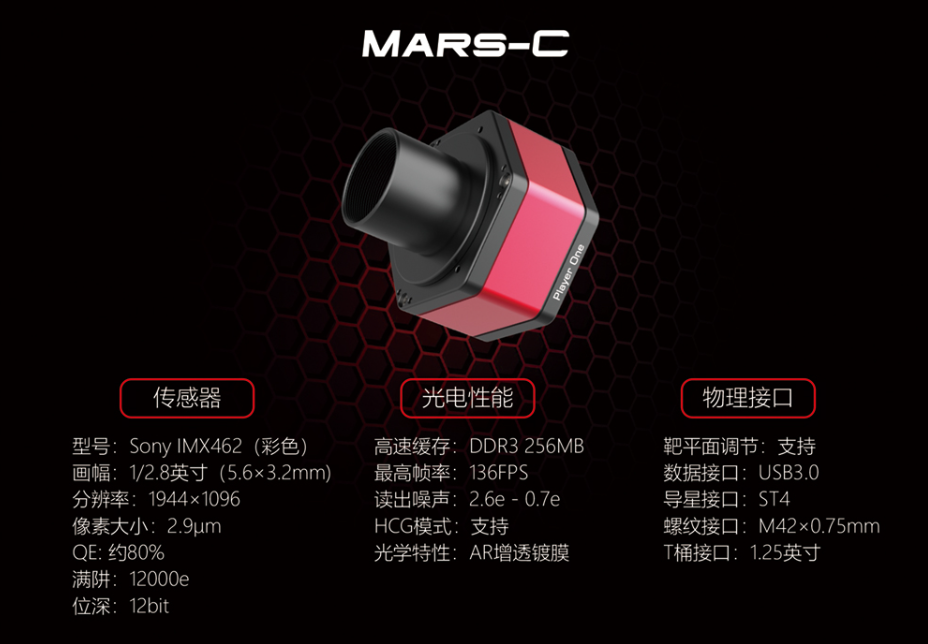
产品描述
Mars-C相机是头号玩家完全自主研发的一款彩色行星相机,采用Sony最新的IMX462彩色传感器。Mars-C拥有1/2.8英寸画幅,像素大小2.9um,分辨率1944*1096像素,对角线长6.46mm。
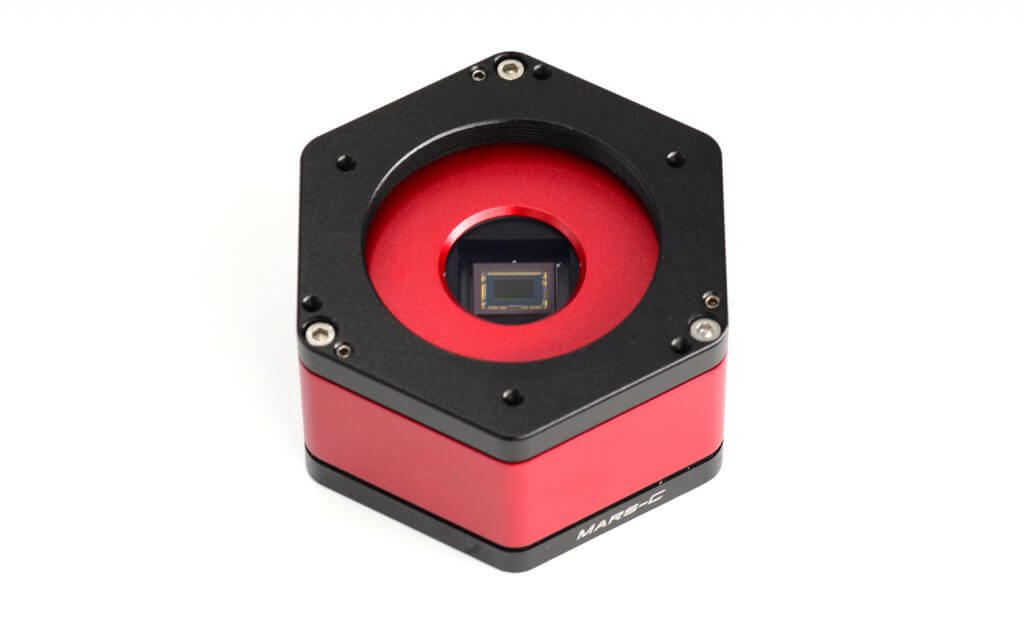
头号玩家的首款行星相机 Mars-C 代号“火星” ! 头号玩家的相机命名别具一格,以行星相机为例,既然以行星拍摄为主,当然用行星的名字来命名最接地气。所以,除了地球(Earth)不用之外,有7颗行星的名字将被刻在行星相机上。它们分别是Mercury, Venus, Mars, Jupiter, Saturn, Uranus和Neptune。而行星的大小,一定程度上代表着相机传感器画幅尺寸。比如Saturn,我们将选用1英寸传感器,而Mars则使用了1/2.8英寸。
用户作品
Mars-C相机具有高灵敏度特性,非常适合拍摄火星、木星、土星等太阳系行星和月球表面细节。
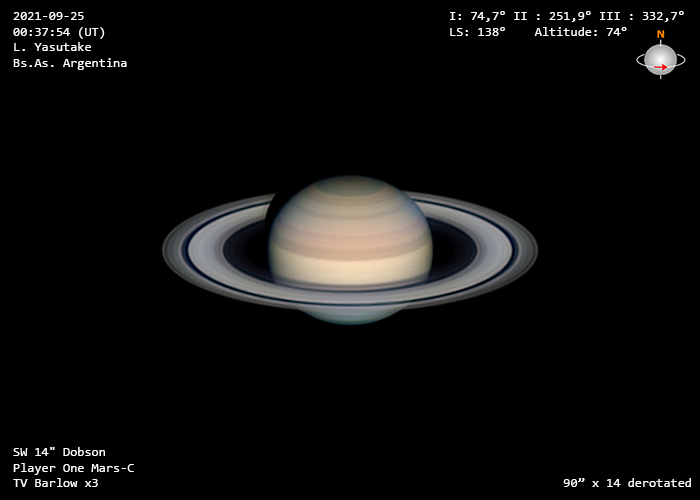
Author: L. Yasutake Gear: 14″DOB + Mars-C camera
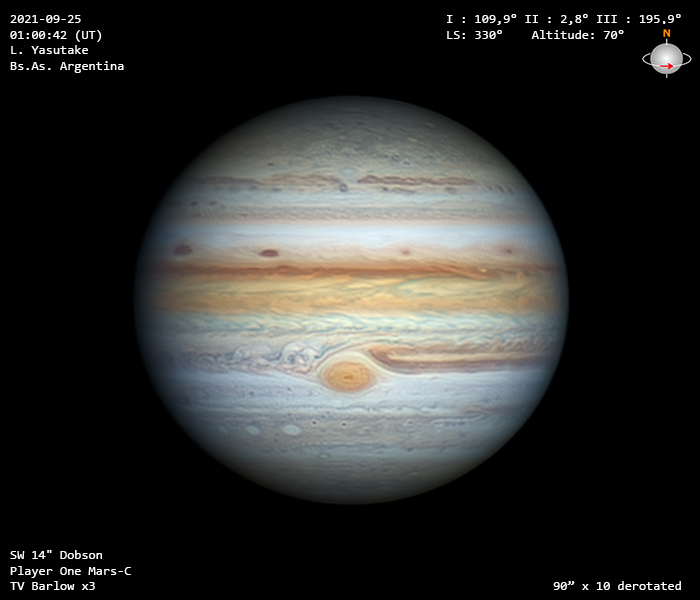
Author: L. Yasutake Gear: 14″DOB + Mars-C camera
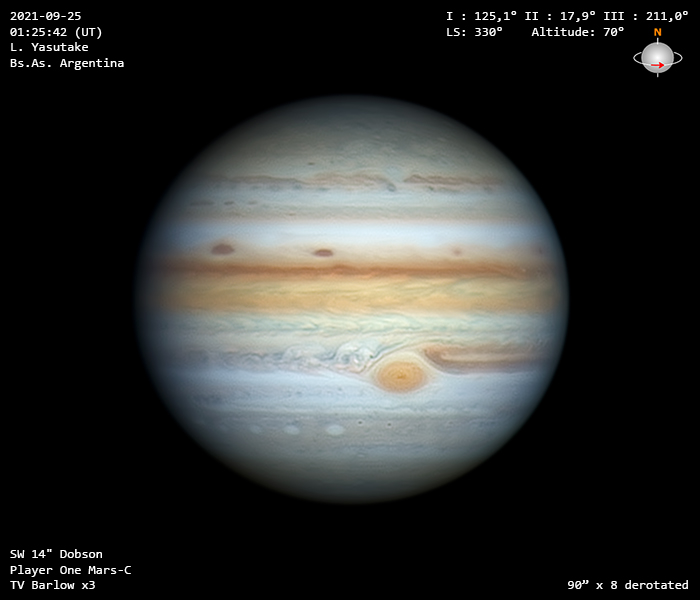
Author: L. Yasutake Gear: 14″DOB + Mars-C camera
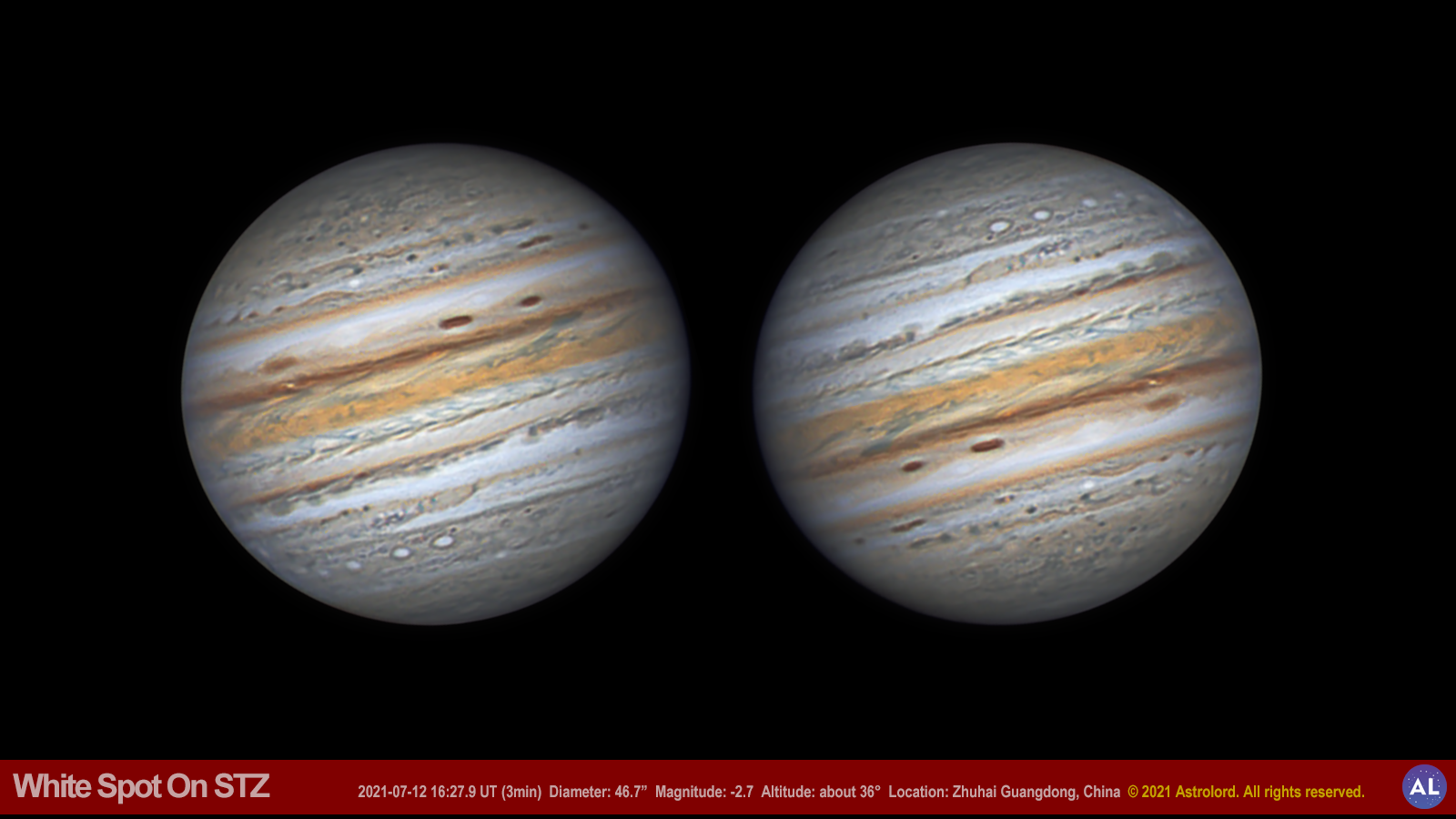
Author: Astrolord Gear: 16″DOB + Mars-C camera
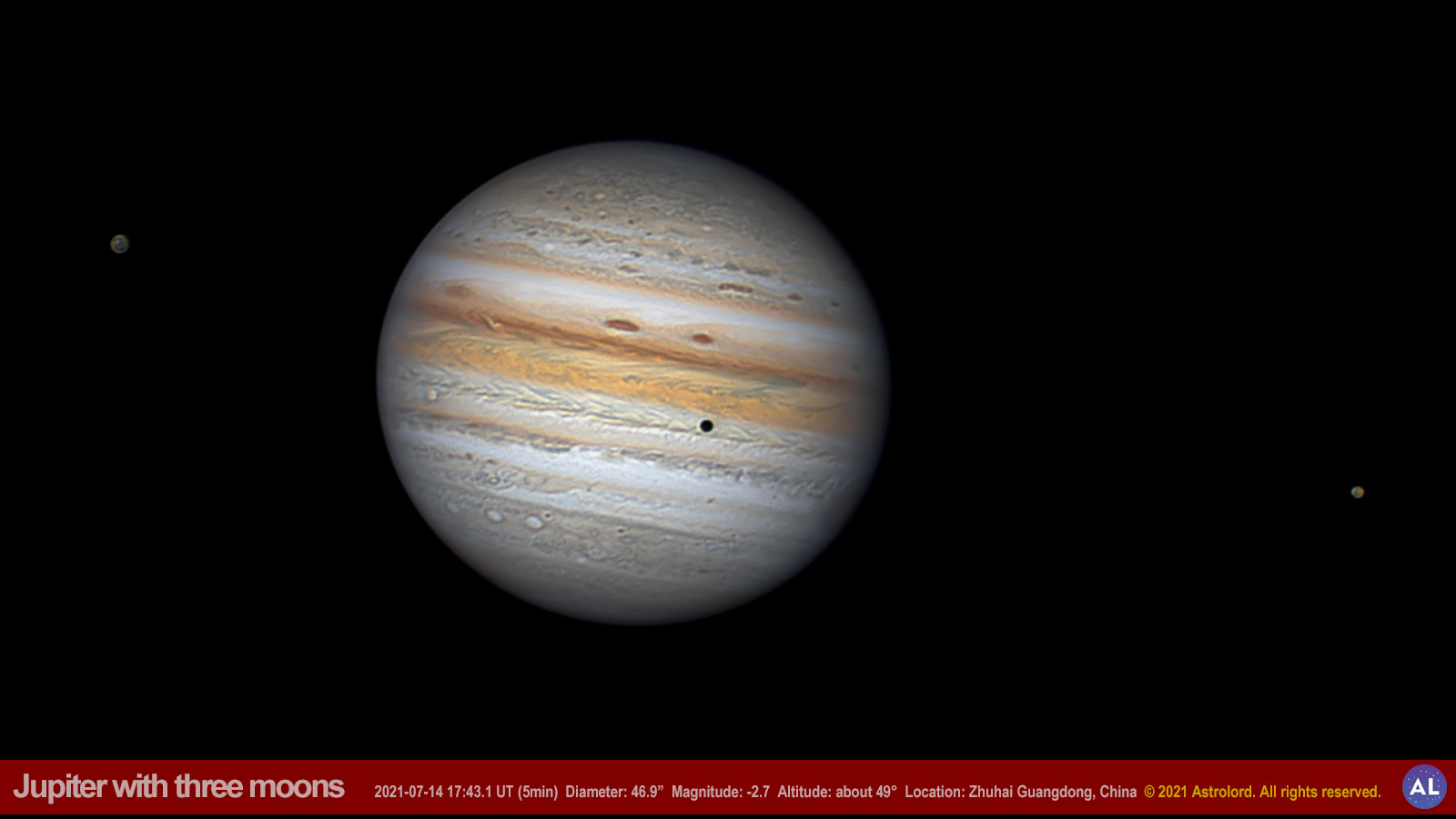
Author: Astrolord Gear: 16″DOB + Mars-C camera
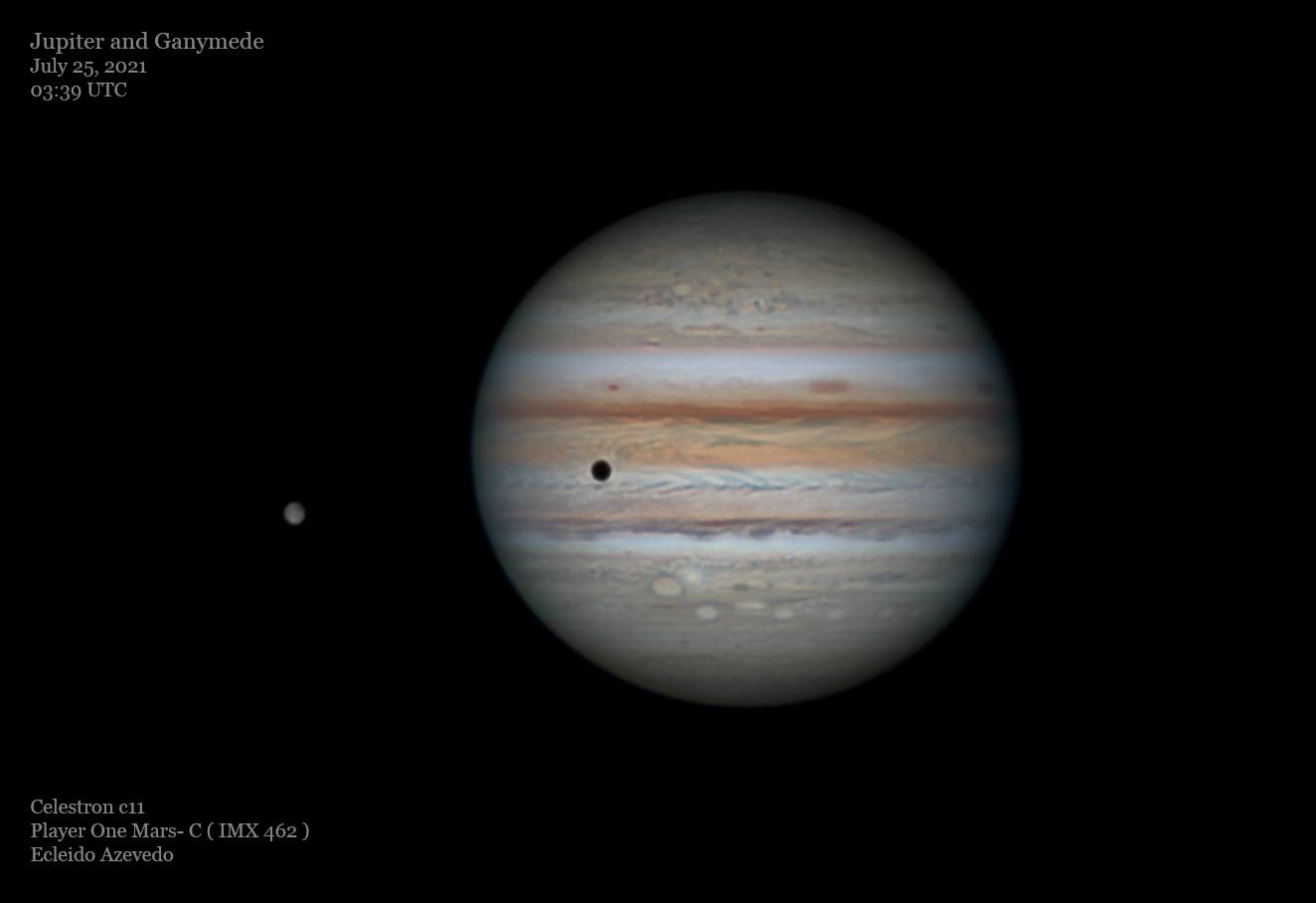
Author: Ecleido Azevedo Gear: C11 + Mars-C camera

Author: Ecleido Azevedo Gear: C11 + Mars-C camera
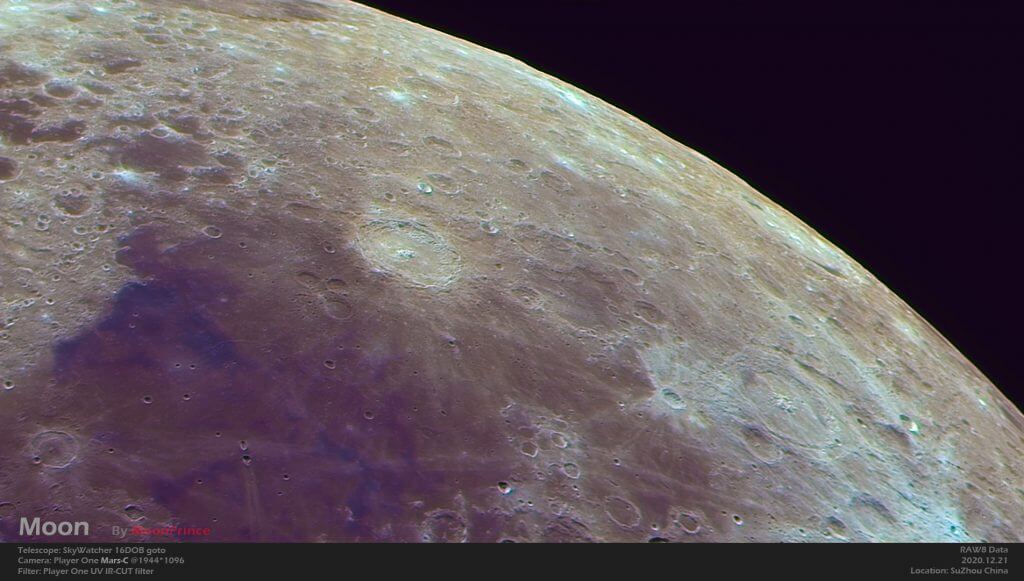
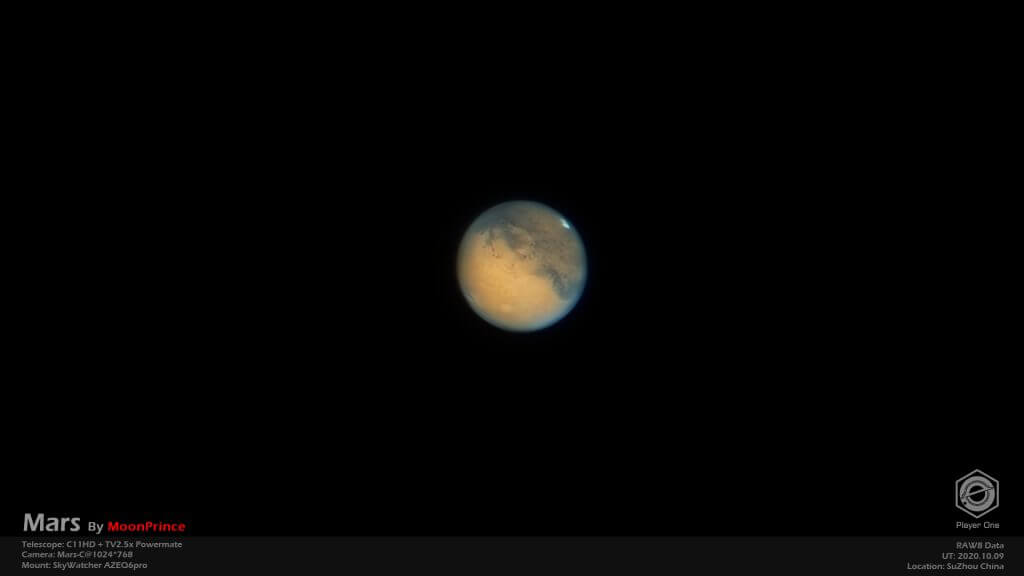
很有趣的是,Mars-C相机在红外波段具有超乎寻常的灵敏度,可以搭配IR850或者CH4滤镜当作黑白相机来拍摄红外波段,收获更多拍摄乐趣。
Mars-C相机通过1.25寸接口与望远镜相连,还可以在相机和望远镜之间加入巴罗增倍镜来增加焦距,拍摄月球和行星上更精细的表面细节。
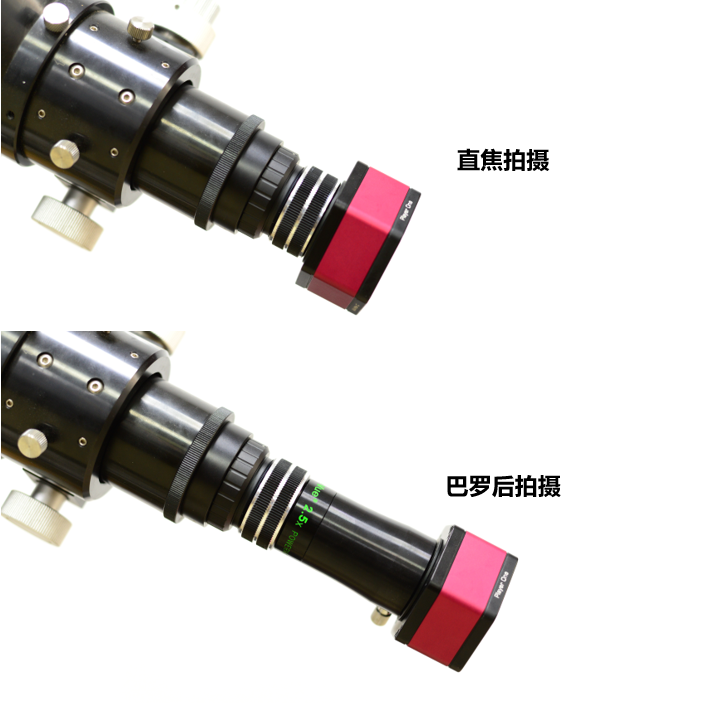
Mars-C相机连接CS镜头和三脚架,用来做全天流星监控摄像头使用。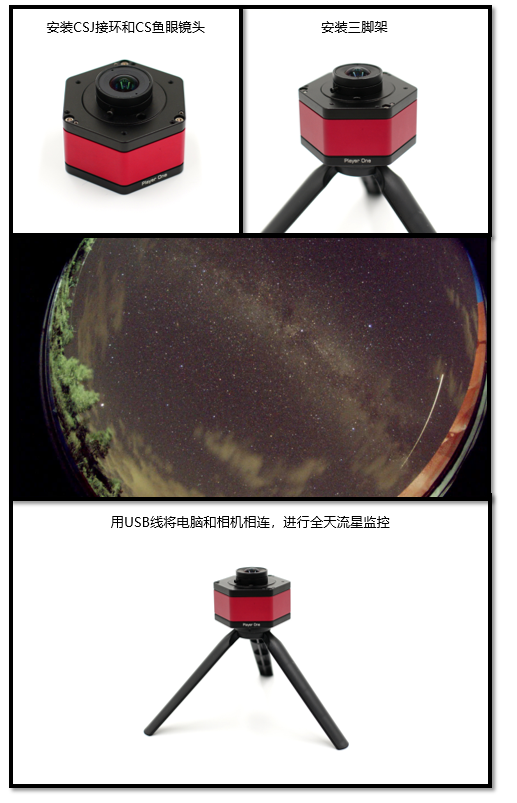
产品特点
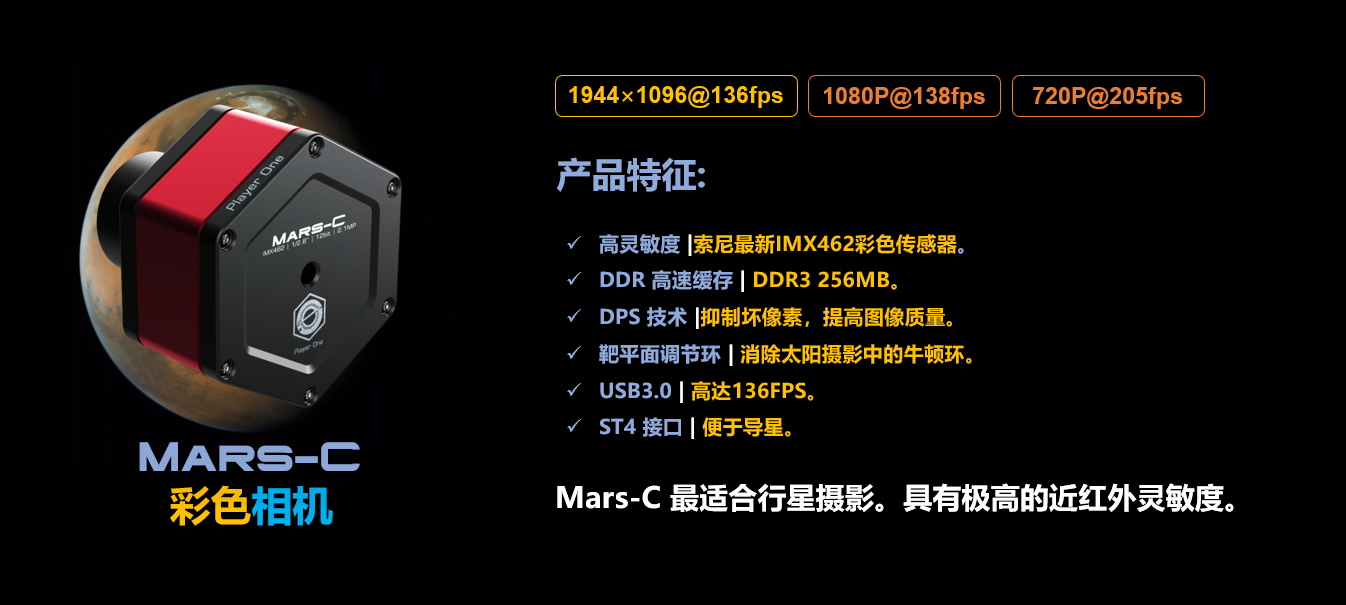
极具科技感
头号玩家研发的系列行星相机,外壳采用科技感十足的正六边形构建主体线条,并辅以圆形倒角做到刚柔并济。生如夏火的正红色搭配低调稳重的黑色,加上全表面超细磨砂工艺,使相机外观奢华酷炫,彰显高端玩家风采,让人爱不释手!
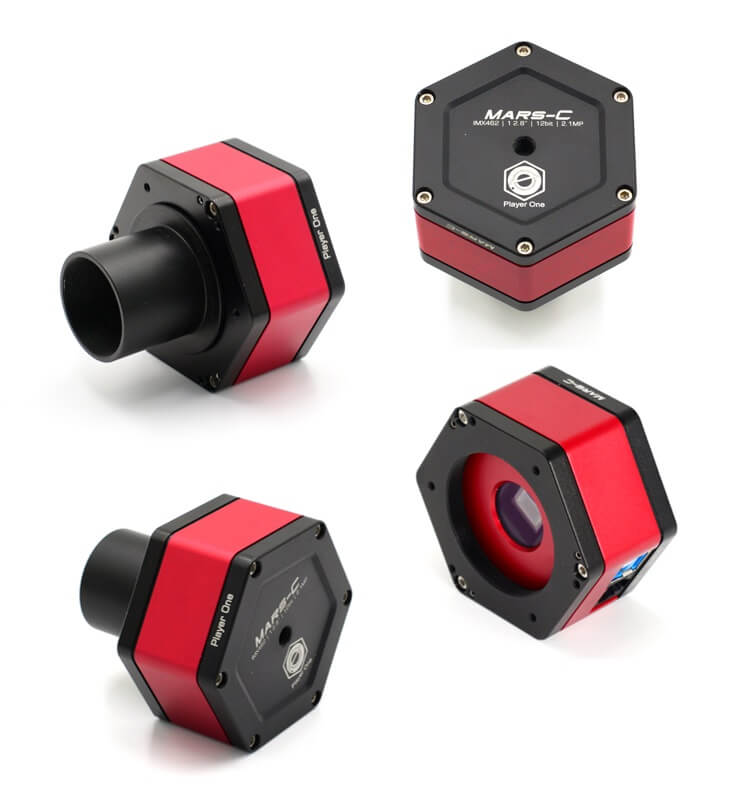
第二代靶平面调节环
在配合日珥镜进行太阳摄影中,往往会遇到讨厌的牛顿环效应。而靶平面调节器可以通过改变传感器倾角来消除牛顿环,获得更加均匀的太阳表面图片。另外,当您用行星相机进行深空幸运成像(Lucky Imaging)时,如果发现周边星点不够完美时,也可以通过调节靶平面来获得更平坦的像场。

用日珥望远镜拍摄太阳照片时,牛顿环很烦人。通过调整焦板可以拍摄到更平滑的没有牛顿环的太阳图像。得到一个小得多的望远镜场曲率。
调节环内置的高密度海绵遮光垫,可以遮挡侧面缝隙射入的光线,怎么调都不侧漏。不仅仅是外观,我们在相机的核心技术上努力做到尽善尽美。
高速缓存
头号玩家是全球首家在全系列行星相机中采用DDR3高速缓存的厂家,256MB的DDR缓存可以大大增加数据传输的稳定性,减少丢帧和图像读出时的噪声。有了DDR3缓存,相机对电脑的要求也不再苛刻,即便是连接电脑的USB2.0接口,依然会有出色的拍摄表现。
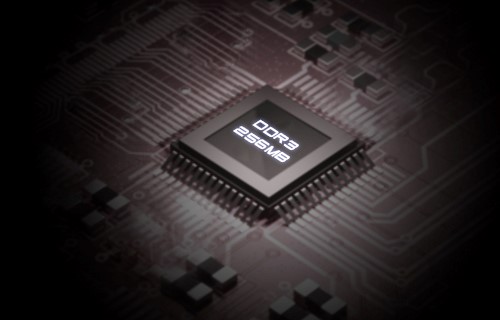
坏点抑制技术(DPS)
头号玩家出品的系列行星相机,采用独特的针对热噪点(亮点)和冷噪点(黑点)的DPS抑制技术,图像坏点一扫而空。噪点抑制是全程开启的,无需用户担心。
![]()
过压和过流保护机制
头号玩家出品的系列行星相机,通过过压和过流保护机制能够确保您的相机和其他设备的安全性。
数据接口
当相机连接USB3.0接口并使用全分辨率预览时,在RAW8模式(10bit ADC)下可以达到136 FPS,在RAW16模式(12bit ADC)下帧率为64帧/秒。录制影像时,由于实际写入速度会受到硬盘本身写入速度的影响,当硬盘写入速度较慢时,录制可能达不到理论速度。建议您使用优质的固态硬盘记录数据,以充分发挥相机的性能。使用ST4导星线连接相机和赤道仪的AUTO GUIDE端口,就可以在拍摄软件中使用ST4方式进行导星。
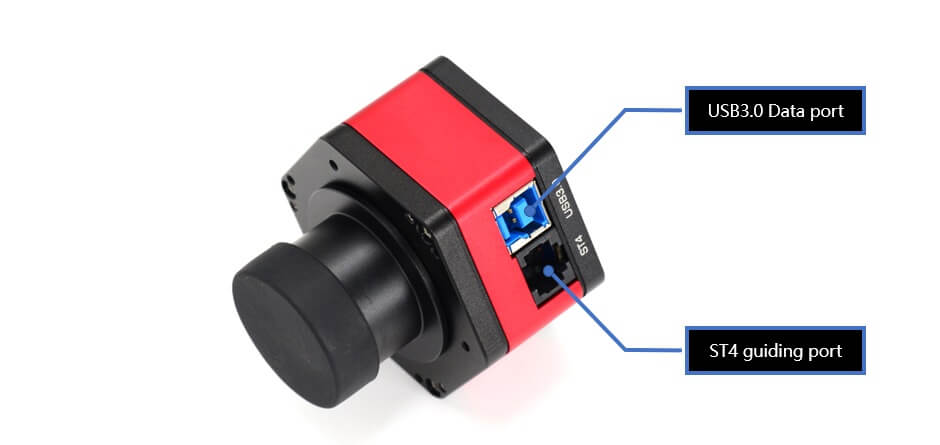
相机性能
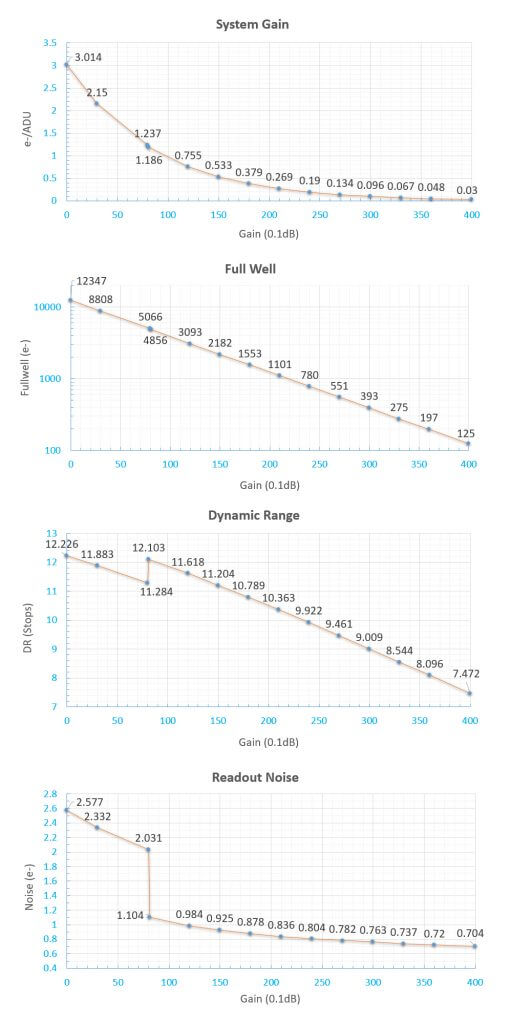
读出噪声
关于读出噪声,我们郑重承诺所有数值均来自实际测试。对于用户,您可以使用 Sharpcap 4 进行测试。SC4 有一个称为Sensor Analysis 的功能,提供了一种非常简单的方法来测试读出噪声。
我们在我们的网站上写了一个教程:https ://player-one-astronomy.com/service/manuals/
经过多次严格的读出噪声测试,Mars-C 相机在增益为 350 时可达到 0.73e 的低读出噪声,在增益为 400 时可达到 0.7e 左右。
如果对读出噪声测试感兴趣,可以自己尝试一下,非常简单。
HCG模式
Mars-C相机具备独特的HCG模式,会在相机增益设置≥80时自动开启,HCG模式可以大大降低读出噪声,还可以保留与低增益相同的高动态范围
QE曲线
Mars-C 相机的 QE 曲线非常独特。灵敏度在 800-850nm 处达到峰值,RGB 汇集在一起,具有非常强的红外灵敏度。
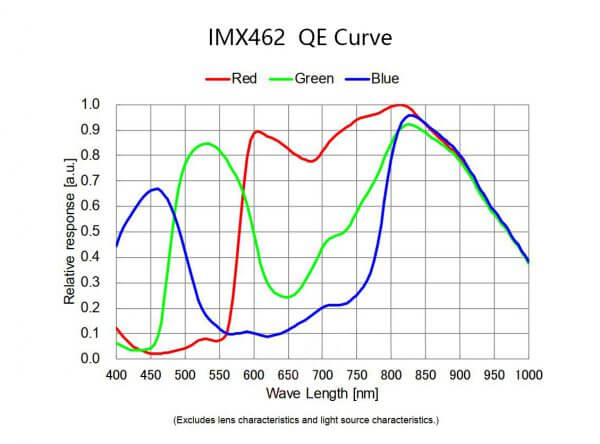
结构图纸
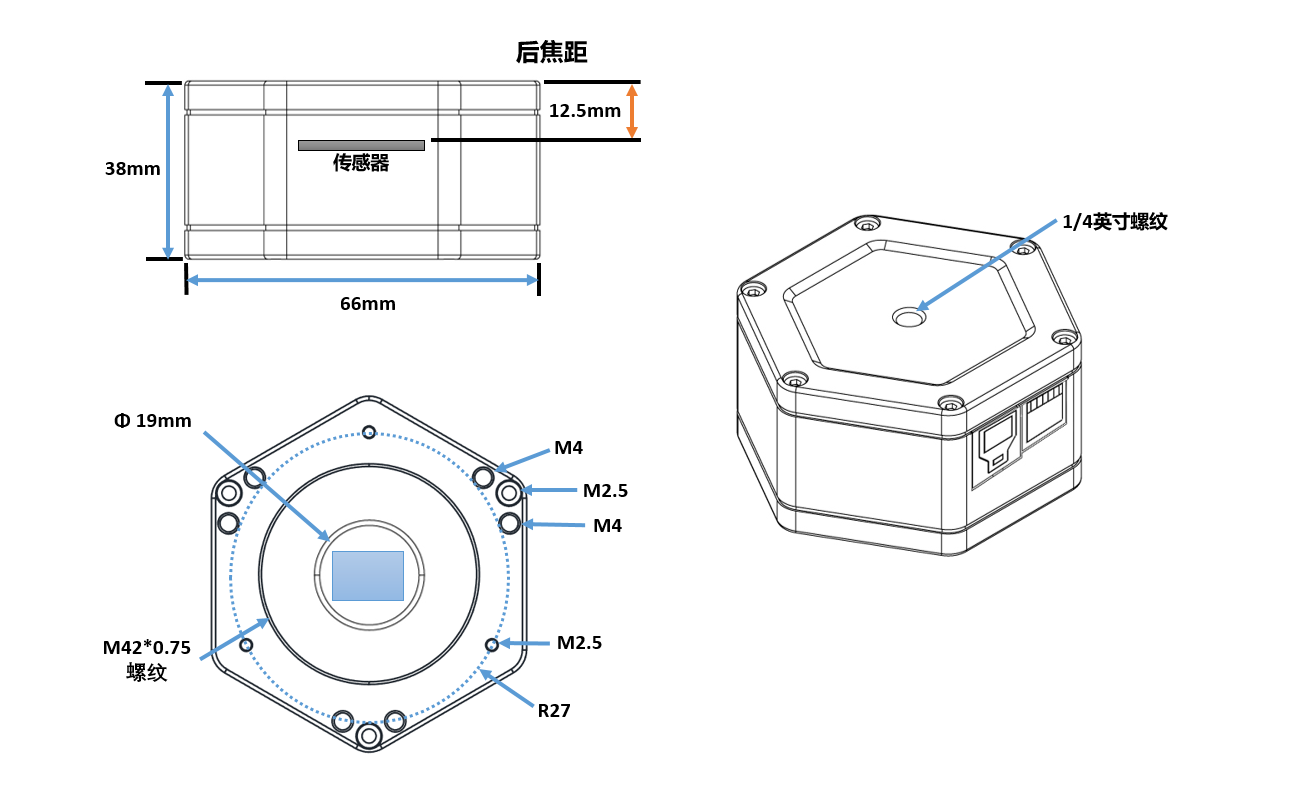





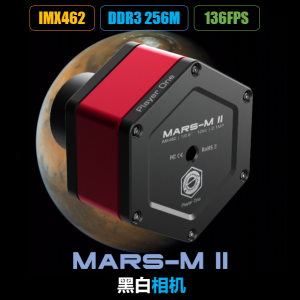
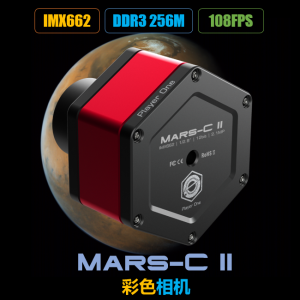

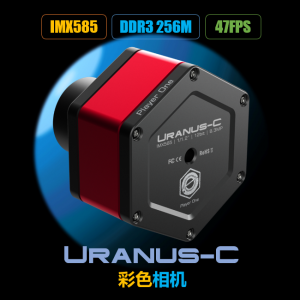
评价
目前还没有评论